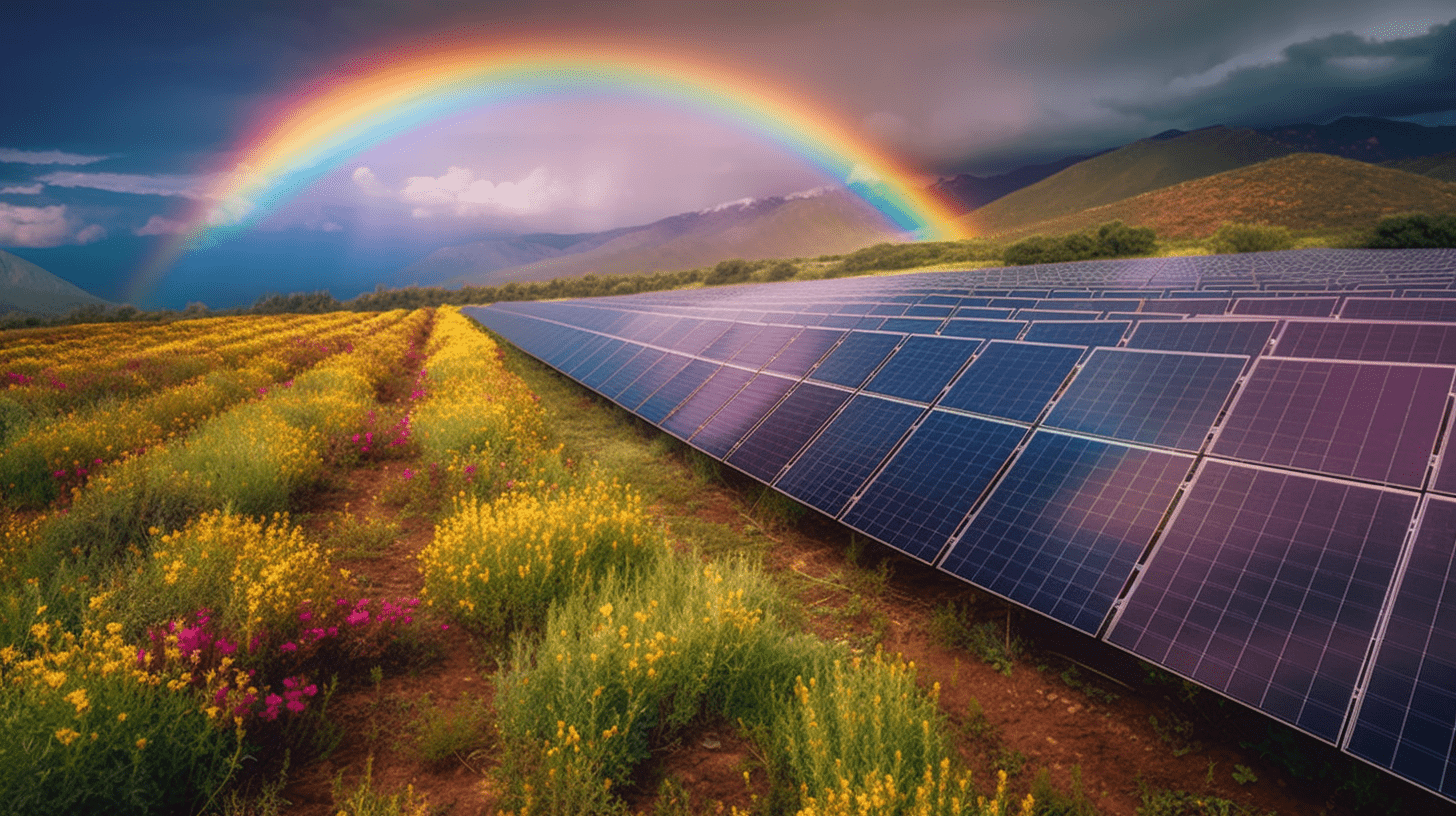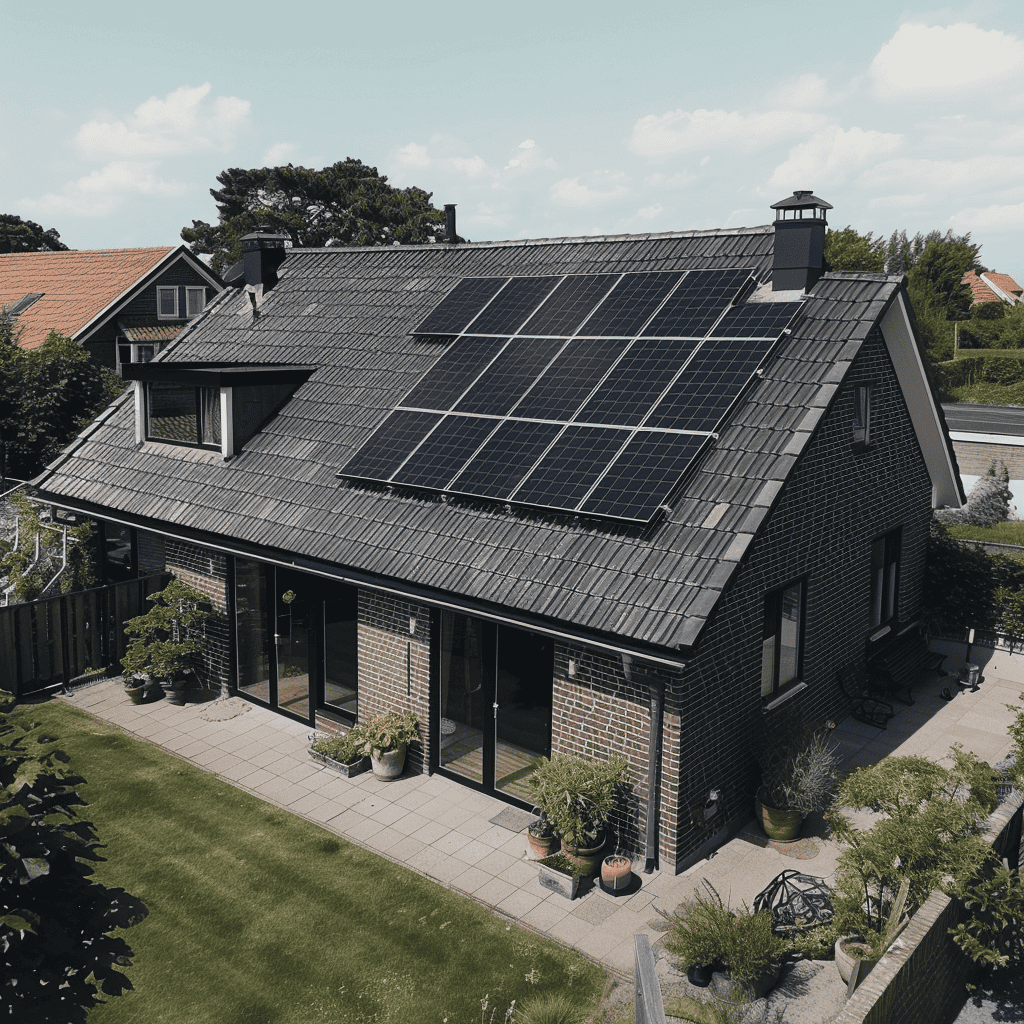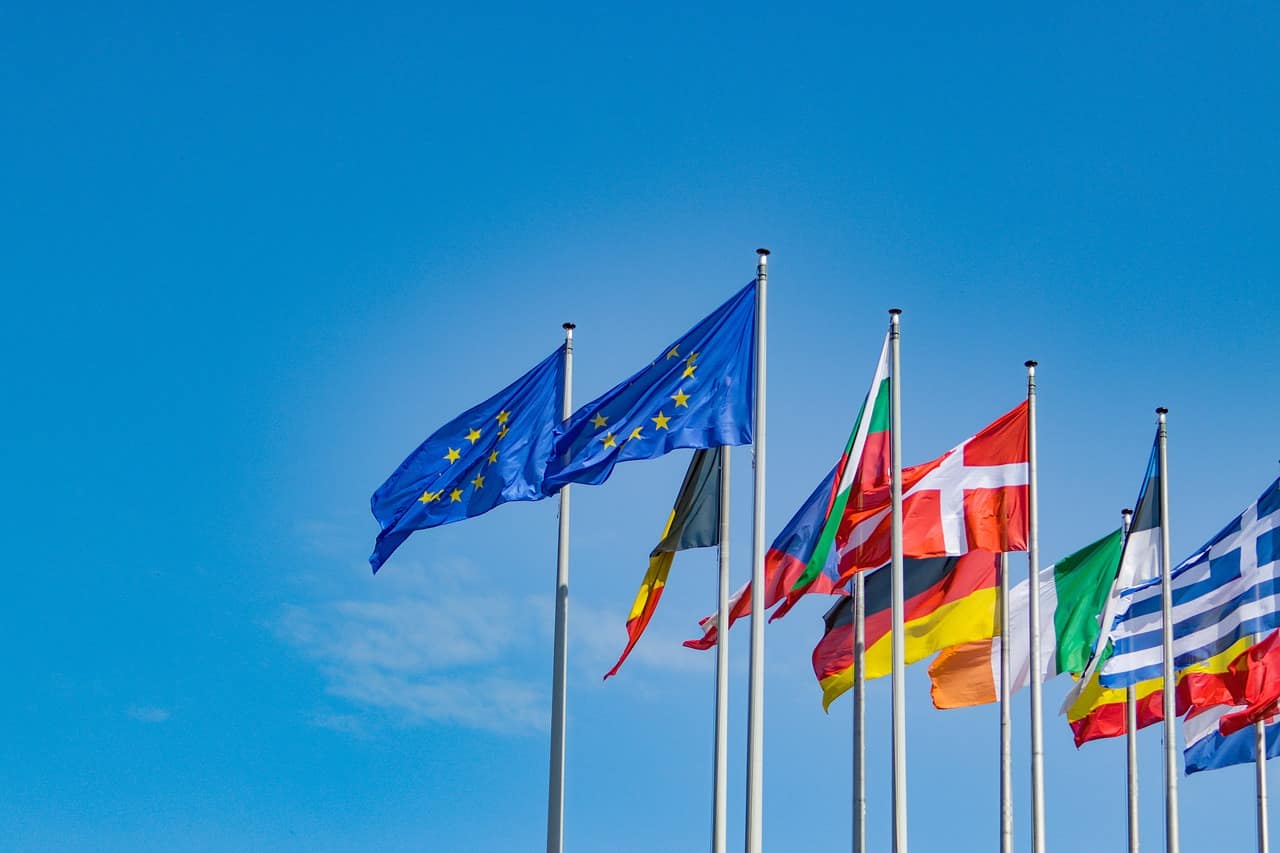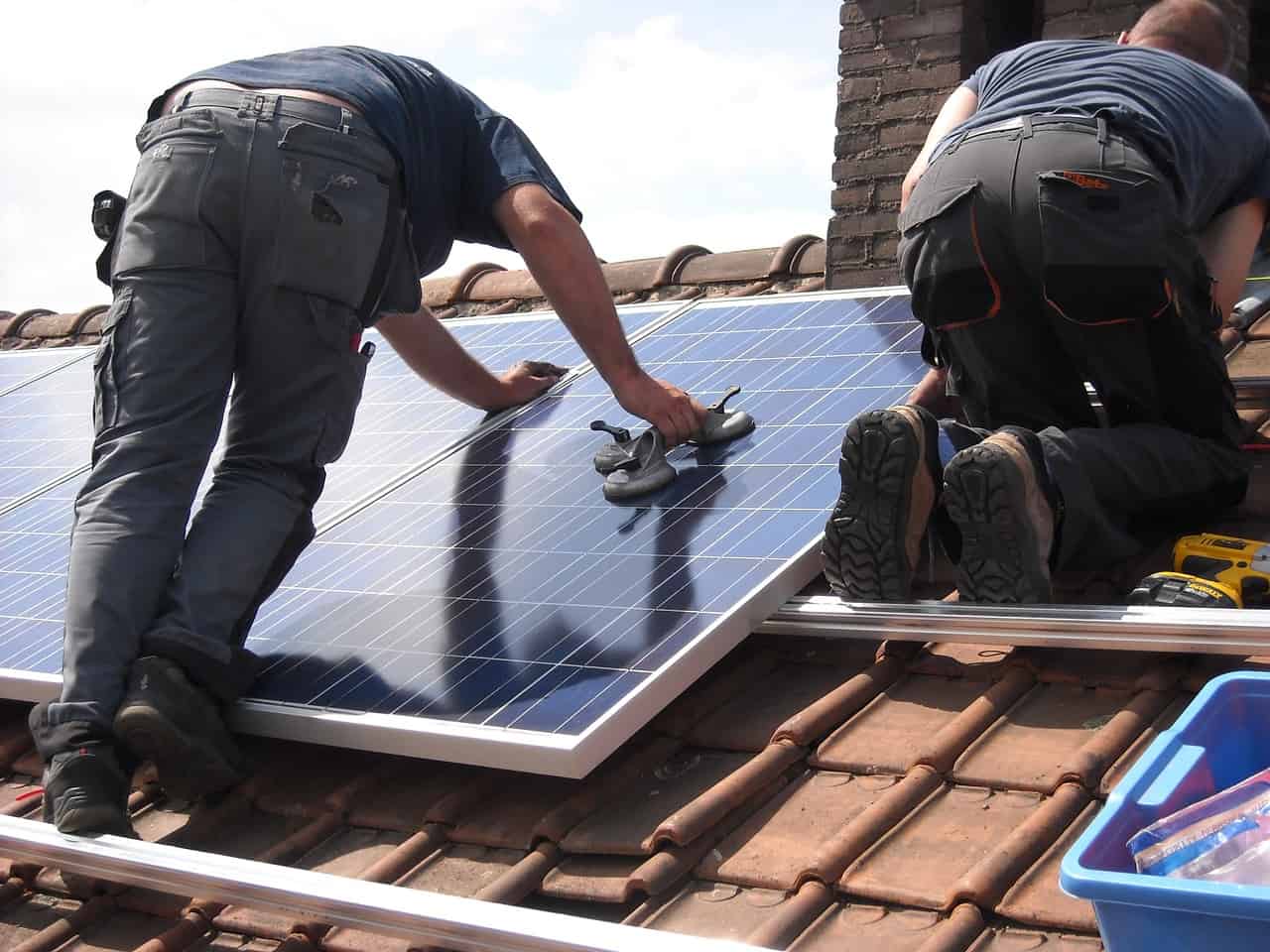
Solar and offshore wind power are taking off and Europe’s dependence on Russian gas is shrinking. This good news was announced yesterday in the eighth edition of the State of the Energy Union report.
The annual EU State of the Energy Union report highlights the growth of solar and offshore wind power in Europe and progress in reducing dependence on Russian fossil fuels. With a record year for solar power and a 45 percent increase in wind capacity from 2021, the future looks bright. Despite these steps forward, the Commission warns that EU countries are not switching to renewable energy fast enough to meet the legally binding target of 42.5 percent by 2030.
- 2022 was a record year for solar and offshore wind in Europe;
- Growth of 60% in solar and 45% in wind capacity compared to 2021.
- Decrease in Russian gas imports to the EU went from 155 billion cubic meters in 2021 to 40-45 billion cubic meters in 2023.
Record for solar power
According to the European Commission’s State of the Energy Union report, solar power experienced a record year with 60 percent more new power-generating capacity and onshore and offshore wind capacity increased 45 percent compared to 2021. Yet a challenge still lies ahead for member states, as they are not shifting to renewables fast enough to meet the legally binding target of 42.5 percent by 2030.
In May, for the first time ever, the EU generated more electricity from wind and solar power than from fossil fuels. Nevertheless, there is still a long way to go to meet the 2030 targets. In this light, the Commission is calling for more action and urgency from member states.
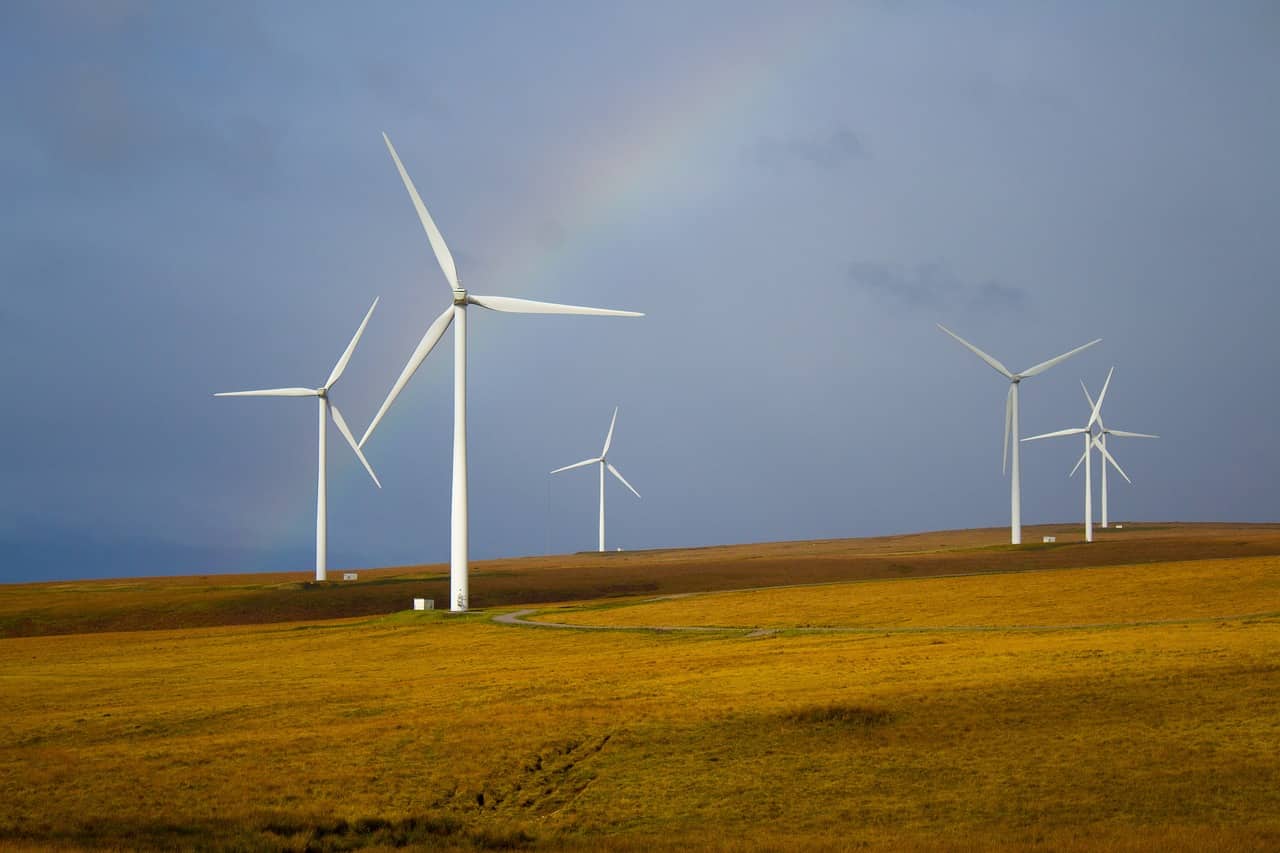
Russian gas: declining imports and dependence
In addition to the growth of renewable energy, the report also shows a decline in Russian gas imports to the EU. Imports will be down to 40 to 45 billion cubic meters by 2023, a significant drop from the 155 billion cubic meters of 2021. This decline is a clear sign of the EU’s progress in reducing its dependence on Russian fossil fuels.
However, the decline is not only due to the EU’s efforts to reduce its dependence on Russian gas. The war in Ukraine has also led to a sharp rise in energy prices, which has contributed to EU inflation. In September 2022, energy costs rose 40.8 percent from the previous year, accounting for 36 percent of total EU inflation.

Europe’s spending on the energy crisis
In addition to investments in renewable energy, European countries have spent nearly 800 billion euros on measures to protect households and businesses from rising energy costs. This spending is comparable to the EU recovery fund of €750 billion for COVID-19.
Most of this spending went to measures such as VAT cuts on gasoline and retail energy price caps, which think tank Bruegel says are “de facto subsidies to fossil fuels.” Instead of these price-suppressing measures, Bruegel suggests more support for income support policies for lower-income groups.
The future of renewable energy in the EU
Despite the progress made, much remains to be done to meet the EU’s 2030 targets. The European Commission has raised the target for renewable energy from 40 to 45 percent of the total energy mix by 2030. This highlights the urgency to invest in and switch to renewable energy sources.
The transition to a more sustainable future is not only a matter of environmental responsibility but also an economic necessity. With record growth in wind and solar power and declining dependence on Russian gas, the EU has already taken important steps. But there is no time for complacency. To meet the 2030 targets, the EU and its member states must continue to invest in renewable energy and energy efficiency.




